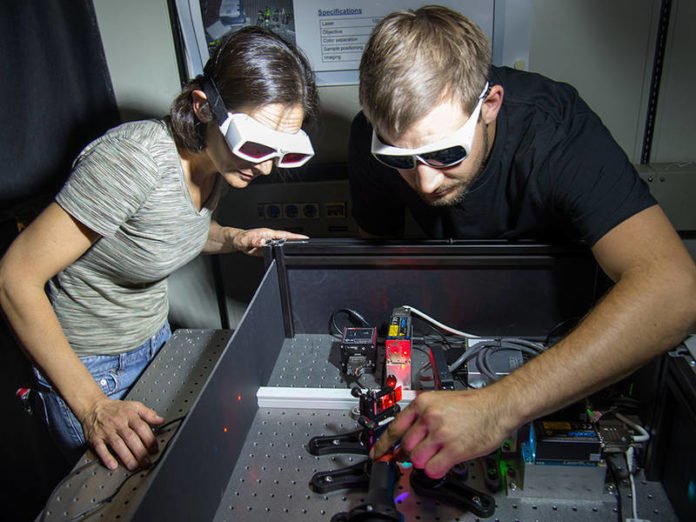A great many people have never known about them, but then every living being needs them to survive: fine projections of cells known as cilia. They enable sperm to move, form fine defensive hairs in the lungs and assume a vital part in the separation of organs in embryos.
Now, scientists at the Technical University of Munich (TUM) have reconstructed the protein complex responsible for transport within cilia, which plays a decisive role in their functioning.
Dr. Zeynep Ökten, a biophysicist in the Physics Department of the Technical University of Munich said, “Flagellates need them to move, roundworms to find food, and sperm to move towards the egg: cilia. These excrescences of eukaryotic cells even ensure that the human heart ends up in the right place – cilia control the organ development of the growing fetus. This Multifunctionality is absolutely fascinating.”
“To date, we know very little about which biochemical processes control the various functions. This makes understanding the basic mechanisms even more important.”
The researcher holds a glass plate with thin, liquid-filled vessels up to the light. There isn’t much to see – only a reasonable and transparent liquid. Just under a fluorescence microscope does the development of compounds set apart with color end up visible: green spots, all endeavoring in one bearing.
As though on a thruway, the transport proteins move along the thin channels of the cilia. Be that as it may, exactly how these motors are begun up, remained a secret up to this point. That is the reason Zeynep Ökten and her group chose to recreate the protein complex.
The building blocks of the protein complex stem from the model organism form of the Caenorhabditis elegans nematode. It utilizes its cilia to discover nourishment and detect hazards. The scientists have officially recognized many proteins that influence the capacity of nematode cilia.
Ökten said, “Here, the classical top-down approach reaches its limits because too many building blocks are involved. To understand the intra-flagellar transport, IFT for short, we thus took the opposite approach, studying individual proteins and their interactions from the bottom up.”
The work resembled the famous scan for the needle in a sheaf. An assortment of atomic compounds came into question. Following quite a while of experimentation, the specialists stumbled upon a negligible combination of four proteins. When these proteins intertwine into an unpredictable, they start moving through the vessels of the example bearer.
Ökten said, “When we saw the images of the fluorescence microscope, we immediately knew: Now we have found the parts of the puzzle that started the engine. If just one of these components is missing, due to a genetic defect, for example, the machinery will fail – which, because of the cilia’s importance, is reflected in a long list of serious diseases.”
The research is published in the journal Nature.
